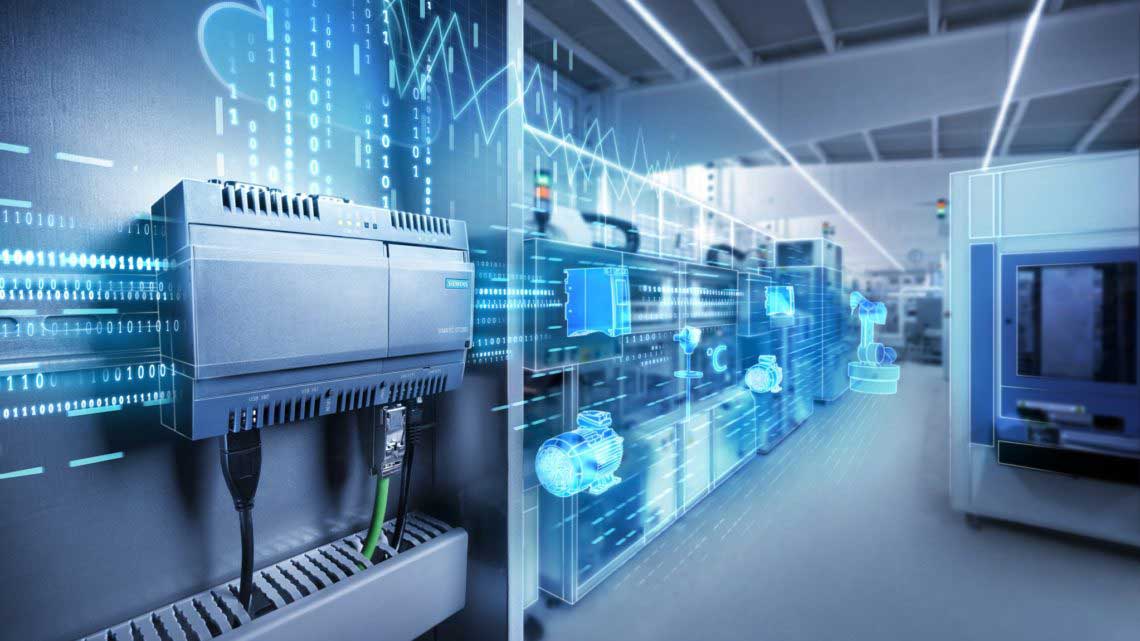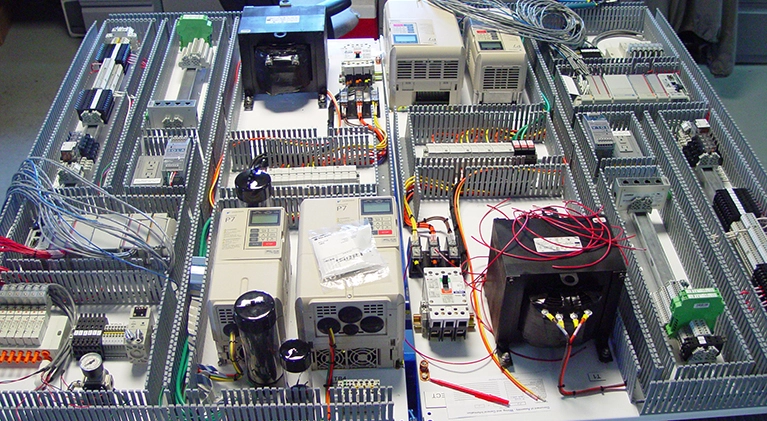
PLC (Programmable Logic Controller) automation is a cornerstone of modern industrial control systems. PLCs are designed to automate and control a wide array of processes and machinery in manufacturing, energy, infrastructure, and more.
Providing informative and up-to-date content in these areas can help individuals and organizations stay informed about the latest developments in PLC automation and make informed decisions about implementing and optimizing PLC systems for their automation needs.
The Hardware components include a central processing unit, input & output modules, and communication interfaces.
The software component involves creating a programme that defines the behaviour of the control system and its response to different inputs.
Our PLC Autoamtion manufacturing company serves the automobile, pharmaceutical, healthcare, food and beverage, and steel industries. It can be used to control a range of machines and processes, such as assembly lines, packaging equipment, conveyors, and even entire plants.
| Product Name | PLC Automation |
| Brand | I Raj Robotics & Automation |
| Size | Compact |
| Power (in Volt) | 200V – 440V |
| Usage | Industrial |
A PLC stands for ‘Programmable Logic Controller’ is a type of Industrial Automation System that can be used to automate any process. This is done by creating a series of interconnected logic circuits that are controlled by input signals from the controls and actuators.
It has been found to be very useful for many tasks like-
Programmable Logic Controllers (PLCs) systems can perform a variety of tasks in industrial automation, from controlling machines and processes to monitoring data and ensuring safety. The tasks performed by PLC automation depend on the specific needs of the application.
The PLCs can be programmed to perform tasks such as:Programmable Logic Controllers Automation is used in a wide range of industries, such as manufacturing, food and beverage, oil and gas, power generation, and water treatment. Any industry that requires control and automation of processes can benefit from PLC (Programmable Logic Controllers) automation.
PLC Automation offers several benefits over traditional relay-based control systems. It provides greater flexibility, reliability, and ease of maintenance. It can also be easily reprogrammed to adapt to changes in the process being controlled. Additionally, Our autoamtion systems provide real-time control of industrial processes, allowing for precise and timely adjustments to be made.
A typical PLC system consists of several hardware components, such as a central processing unit (CPU), input/output (I/O) modules, power supply unit, communication interfaces, and programming device. The I/O modules connect the PLC system to the sensors and actuators that control the process or machine. The programming device is used to create and modify the ladder logic program that defines the behavior of the control system.
4. What Is The Difference Between PLC and DCS?PLC (Programmable Logic Controller) and DCS (Distributed Control System) are both used for industrial control and automation, but they differ in their architecture and applications. PLC systems are typically used for discrete control applications, such as controlling machines or processes with discrete on/off signals. DCS systems are typically used for continuous control applications, such as controlling processes with continuous variables, such as temperature, pressure, and flow rate. Additionally, DCS systems are designed to be distributed, with multiple controllers connected together to form a network. This allows for greater scalability and redundancy compared to PLC systems.
Copyright ©2022 Iraj Robotics and Automation. Designed & Developed By Web Link Services Pvt. Ltd.
Angul | Bhubaneswar | Chennai | Jamshedpur | Jharsuguda | Bangalore | Hyderabad | Coimbatore | Gurgaon | Pune | Mumbai
Singapore | Denmark | South Africa | Australia | Saudi Arabia | Malaysia | Germany | Canada | Vietnam